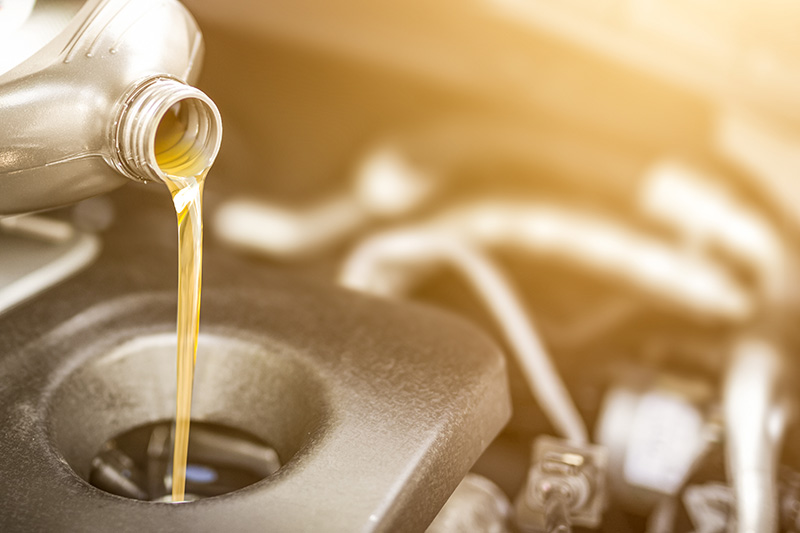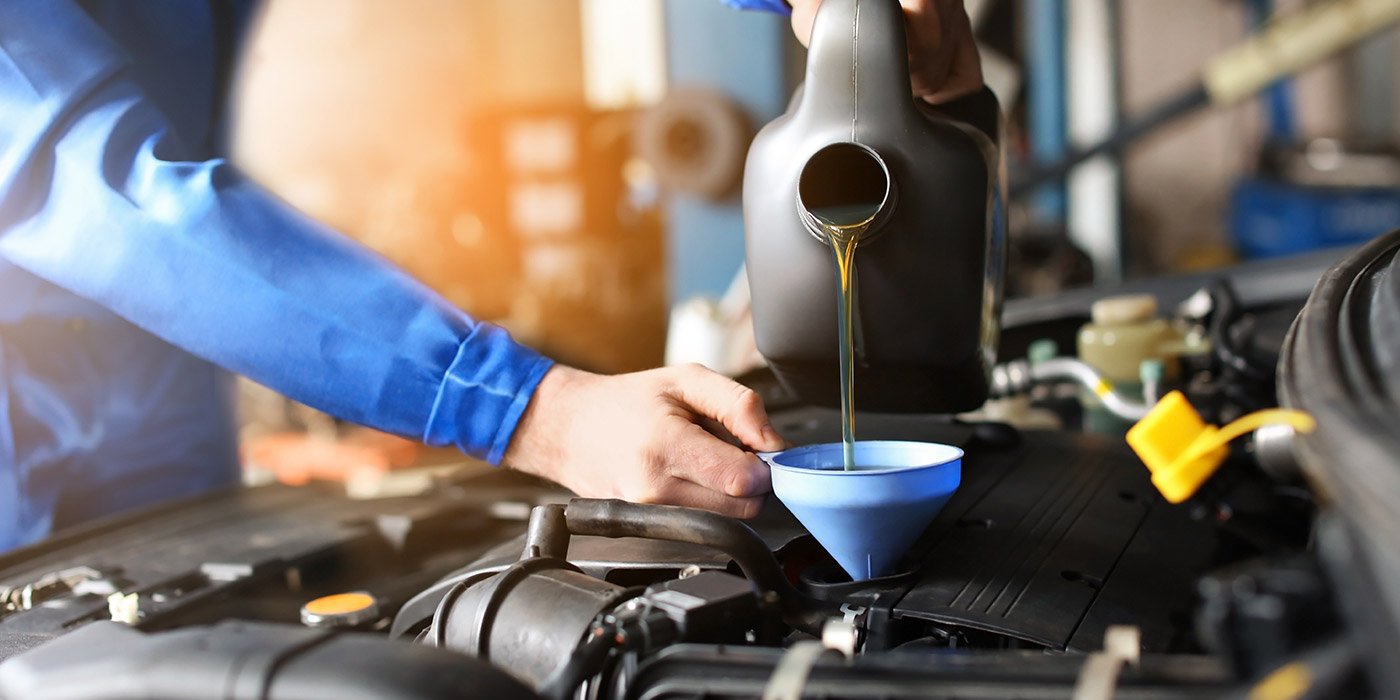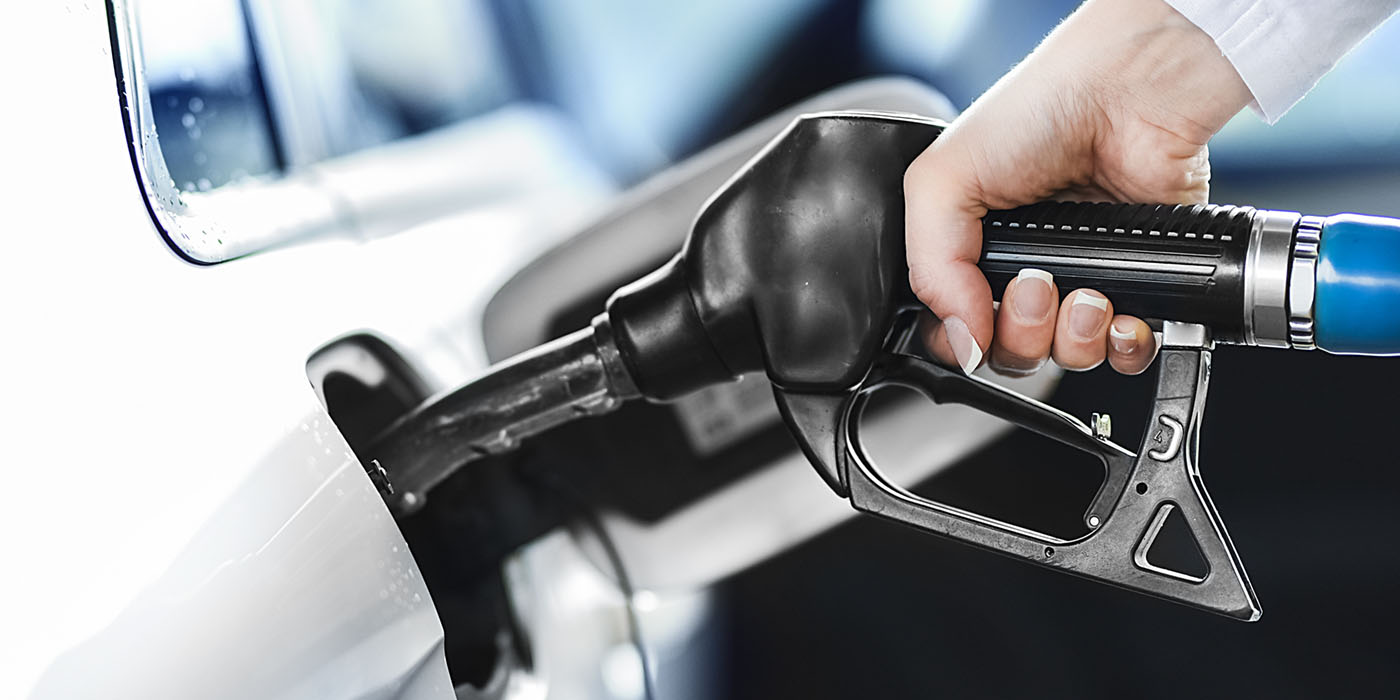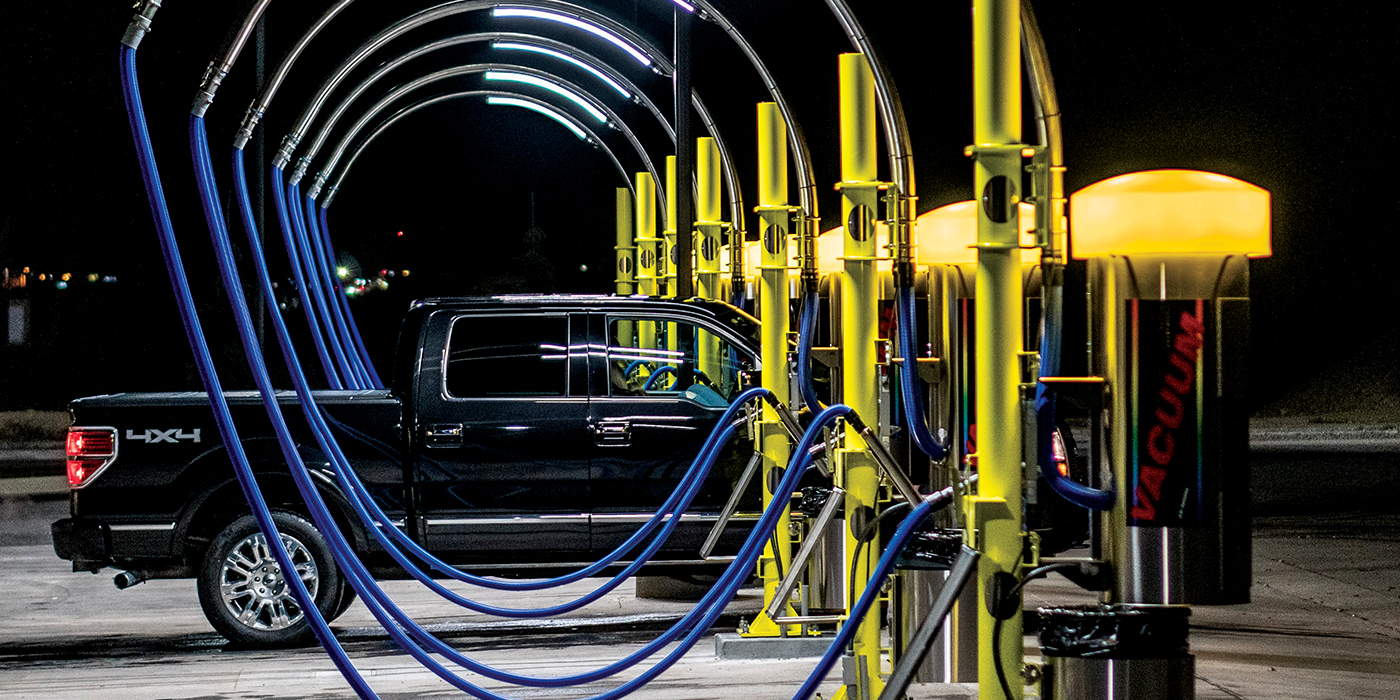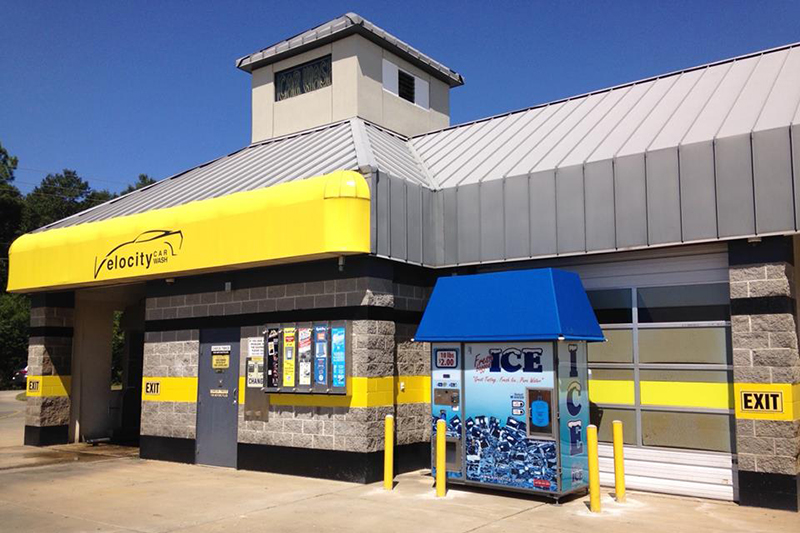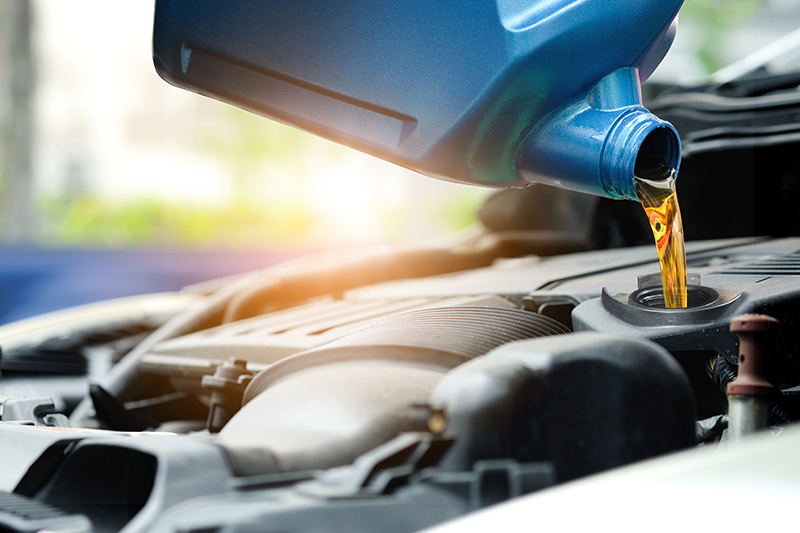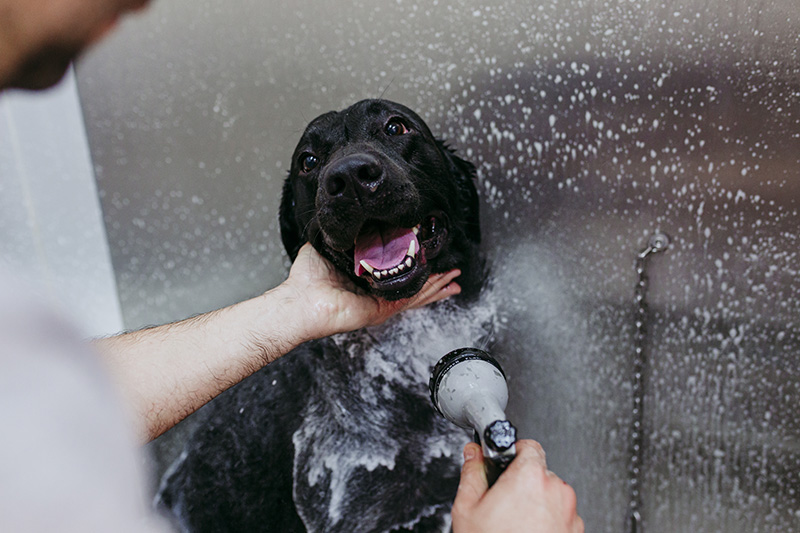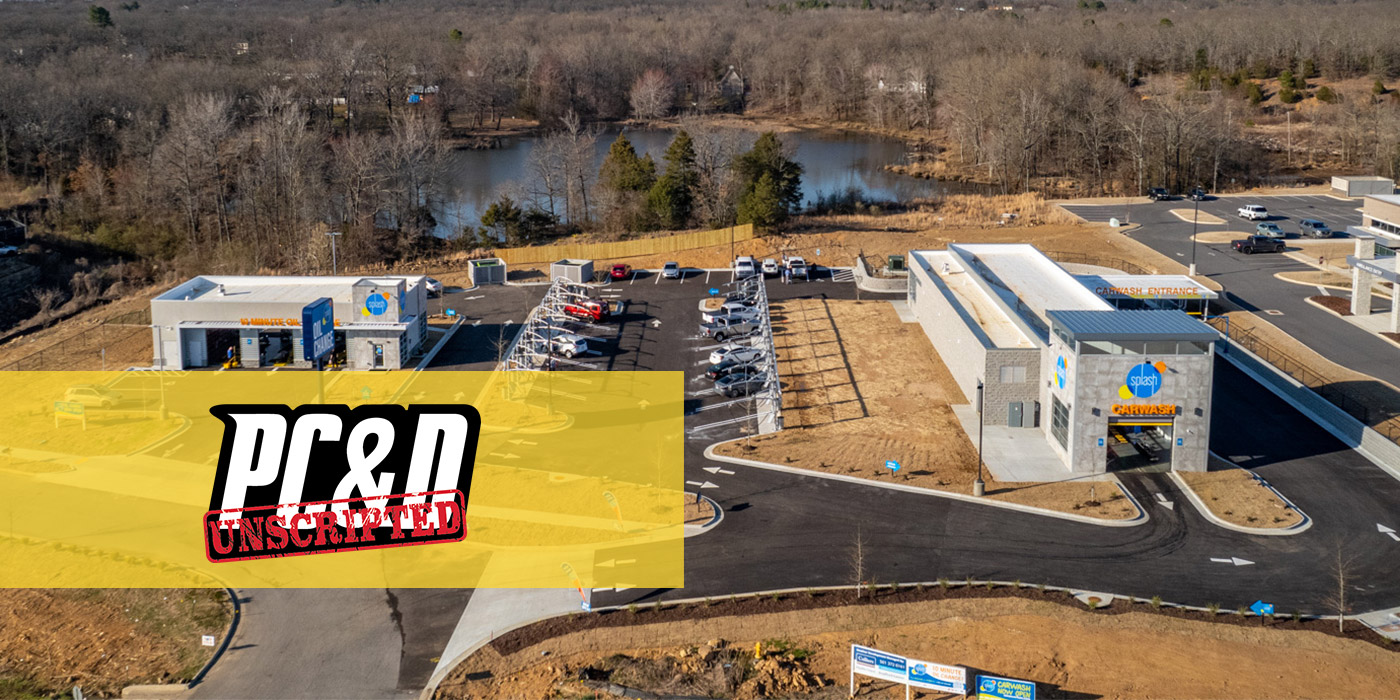Today, convenience is king when it comes to many types of service and retail businesses. One-stop locations that offer hustling and bustling consumers the ability to quickly mark many items off their “to-do” lists have become enormously popular. Time is at a premium for customers — especially in the automotive field — and services that used to require a full-day’s commitment are now expected to take less than 30 minutes.
Many carwash operators have leveraged their locations to take advantage of this popular multi-profit trend. A number of car care businesses successfully market oil change and gasoline services in addition to washing, detailing services, vending and more. As the car care industry continues to develop and evolve, is this type of additional profit offering going to become more practical for all carwash locations across the U.S.?
Related: 4 tried-and-true carwash profit centers
Government studies and thoughts from an oil industry expert can provide a market update and help clarify the overall outlook for combination service businesses in the automotive industry.
Current market outlook
As the economy has surged over the past decade, a number of industries have fully recovered from the recession. Aaron Read, president of North American Lubricants, states that the general outlook for oil and gas markets is positive. In fact, these business units as a whole are generally at or have surpassed 2008 pre-recession levels. These industries have seen heavy consolidation in recent years, and this evident trend is expected to continue over the next five years.
“A strong economy and relatively low gas prices have created strong demand,” Read explains. “Consumers are driving more and have the disposable income to better maintain their vehicles. They’re buying additional services that they may have not purchased five years ago. I expect this trend to continue.”
Further, younger consumers are not as likely to wash their own vehicles, let alone change their own oil, according to Read. Time is now more valuable to consumers than ever before, so businesses where a driver can fill up, get his or her oil changed and purchase a carwash will have operational advantages.
One significant driver of sales has long been technology. Read notes that consumer buying habits continue to change with the various advances in retail technology. While older consumers see change, younger buyers do not notice any major differences. Young consumers grew up in a generation where information and buying options were always available at their fingertips.
To complete an overall outlook for the oil change, gasoline and car care markets, one of the most important factors is the number of potential customers. Simply put, more drivers on the road equals more business for auto service locations. Thankfully, the number of drivers has grown steadily over the decades in the U.S.
In the Our Nation’s Highways 2011 report, the Federal Highway Administration reported that 87 percent of the driving-age population — ages 16 and over — has a license.1 Overall, there are 685 drivers for every 1,000 residents. This is compared to 1960, just a few years after all states required driver licensing, when there were only 487 drivers for every 1,000 residents. Here, steady growth in the number of drivers equals more opportunity for auto service sales.
Business matters
There are various opportunities for operators to learn more about business trends in the oil change industry, according to Read. The Automotive Oil Change Association (AOCA) provides numerous resources, and this can even include “study groups” made up of fellow automotive business owners. Though the oil change industry is young — only 40 years old — there is always someone willing to help if an operator asks. In fact, Read recalls taking countless amounts of people through his lube centers over the years.
Staffing and training are important operator concerns as well, regardless of the chosen auto services a business will provide. Accountability among employees is always important, Read notes. If an owner can manage people, the tasks are the only things that will really change over time.
As for the number of employees on-site, Read states that a typical lube shop requires a manager, an assistant manager and technicians — both lower and upper bay. The number of technicians needed will depend on the number of bays in the location and the number of vehicles serviced per day. Much like the carwash industry, controlling labor costs can make a big difference.
Human resources is an area where multi-profit operators can gain further valuable information from industry groups. AOCA stands ready to assist oil change operations with HR and management issues. A consulting team that specializes in multiple facets of HR administration is available to small business owners.2 Common HR issues that operators need to address include:
- Recruiting and retention
- Compliance
- Ad hoc support
- Strategic planning
- Compensation and performance management
- Employee engagement as well as communications
- Employee benefits
- People development.
Multi-profit challenges
Read states that, often, business owners who have multiple profit centers have common struggles. Frequently, it can be hard for a business and its employees to be great at multiple tasks. The traditional carwash owner seems to focus on that aspect of the business, and the experienced oil change owner concentrates on his or her area of expertise. This is ingrained in human nature.
This problem can be countered via communication and employee training. If a multi-profit business has dedicated, well-trained employees who talk with visiting customers, it is amazing what can happen when it comes to sales, Read notes. Even so, this concept is easier said than put into practice — especially considering that carwashes and oil change locations are part of high-turnover industries. Unfortunately, turnover especially can be an issue with multiple-offering businesses.
“You would think that just getting customers on the lot would lead to sales in multiple avenues, but that’s not always the case,” Read says. “The most common technique is discounting in some way to push the customer in the direction the business feels [is] more deficient. That’s a tactic that has proven its worth, but it’s usually only for a period of time.”
Marketing messages
Read’s suggestion for marketing different services to customers calls on the old saying of KISS: Keep it simple stupid. While it may be an acronym many have heard often, it is still relevant in this and many situations in business. An operator can attempt to promote every offering under the sun, but employees on-site are always going to gravitate to what they feel most comfortable with. This leads to inconsistent service.
To avoid this, Read recommends an operator heavily market the services that provide the best experience for the customer and that make the most sense for that particular business. Multi-profit owners should work to promote what their business does best and should not worry what the latest and greatest fads are. Though multiple services are offered, no location can truly be everything to everyone.
“And, remember KISS,” Read continues. “When someone asks you what time it is, don’t explain how to build a watch.”
Vendors are another important marketing factor. Read states that operators should find the best vendors available, as they can change any business for the better. “They are experts — have them train your employees on the value and performance of the products and services,” Read says.
One important way to market any business today is to maintain its online presence. One resource available via the AOCA is a partnership with an agency that assists oil change and auto repair locations in upgrading websites and developing an online marketing presence.3 AOCA members can work with the group to address important online marketing subjects, including:
- Search engine optimization (SEO)
- Website and mobile optimization
- Reputation management
- Social media management
- Email and text marketing
- Local listing claim and search.
Finally, the 2011 Our Nation’s Highways report reveals information that shows where auto service businesses should target their marketing efforts. Responses gathered from the National Highway Travel Safety Administration show that 392 billion personal trips were made annually. Of these daily trips, 63 percent were between one and nine miles in length. Also, responses indicate that 16 percent of all daily vehicle trips are between 10 and 19 miles in length, while 9 percent are between 20 and 49 miles.1 For a business offering oil changes, gasoline, carwashes and other vehicle services, utilizing location-based marketing to capture these local, daily drivers will always be a solid marketing approach.
Regulatory concerns
Nationally, the Weights and Measures Division is a regulatory group that all oil change owners should learn more about. The group issues a handbook — NIST 130 — which covers most regulatory factors, Read states. Many states have adopted these regulations in their entirety or in some form or fashion.
There are some exceptions. Read points out that states like California may have their own governing branch; in California, it is called the Bureau of Automotive Repair. An oil change may have to be licensed via these state agencies, depending on the services it intends to offer.
Much like in the carwash industry, another great resource for learning common regulatory challenges can be other oil change operators. “Talking with business owners locally is the best way to ensure understanding the regional groups or factors that they may be faced with,” Read concludes.
Jonathan Abrams is a freelance contributor.
Sources:
1www.fhwa.dot.gov/policyinformation/pubs/hf/pl11028/chapter4.cfm

